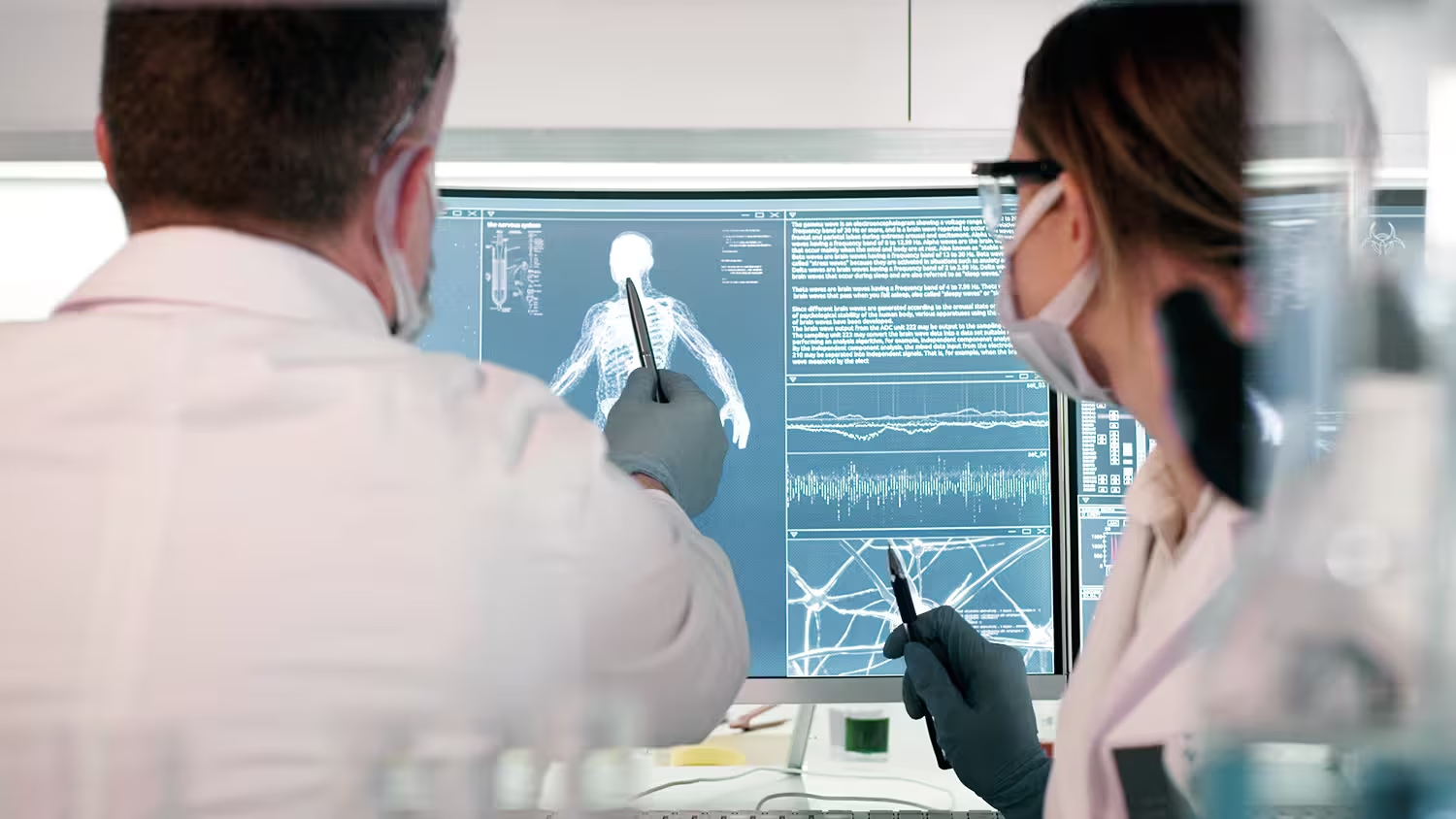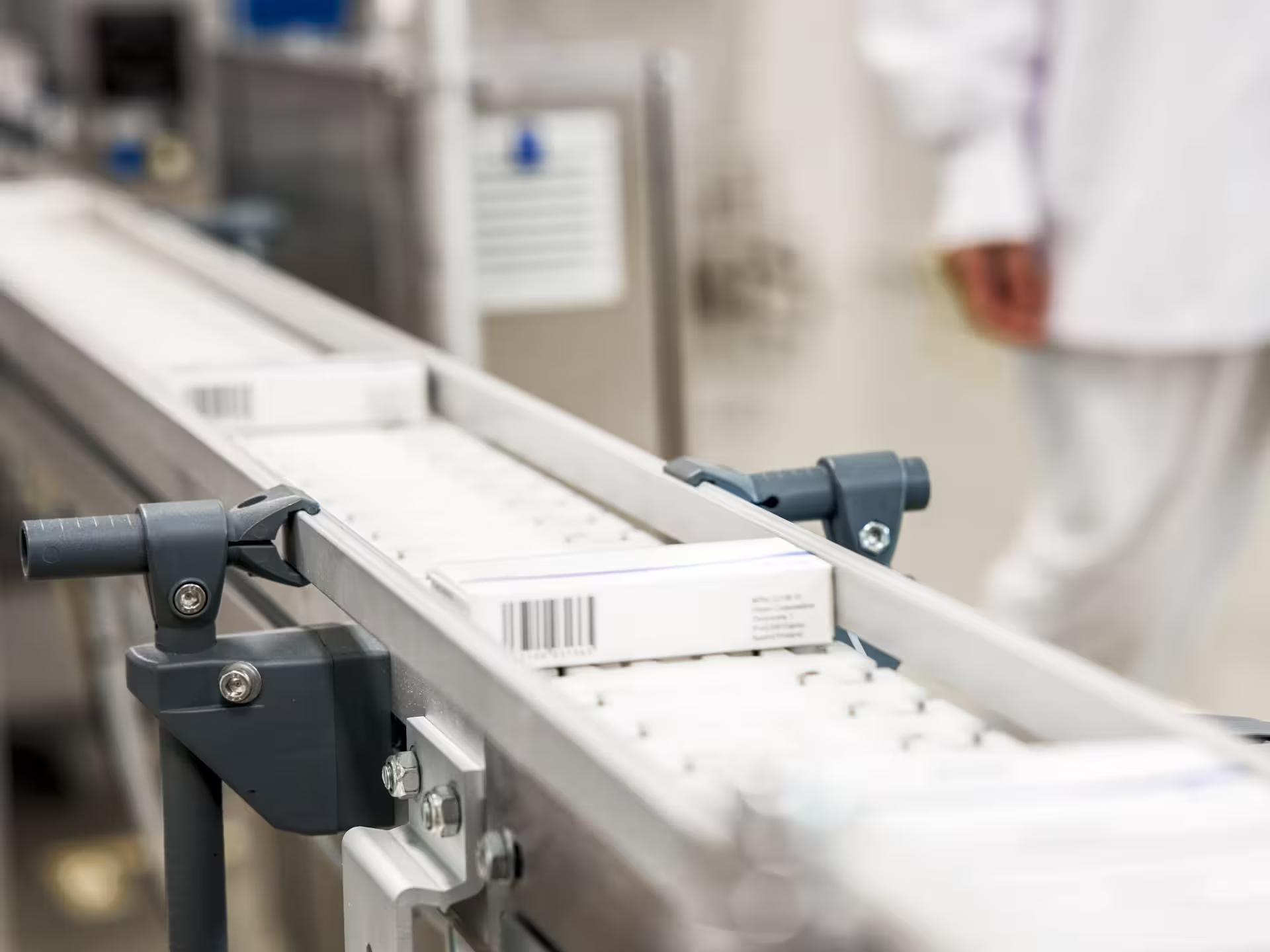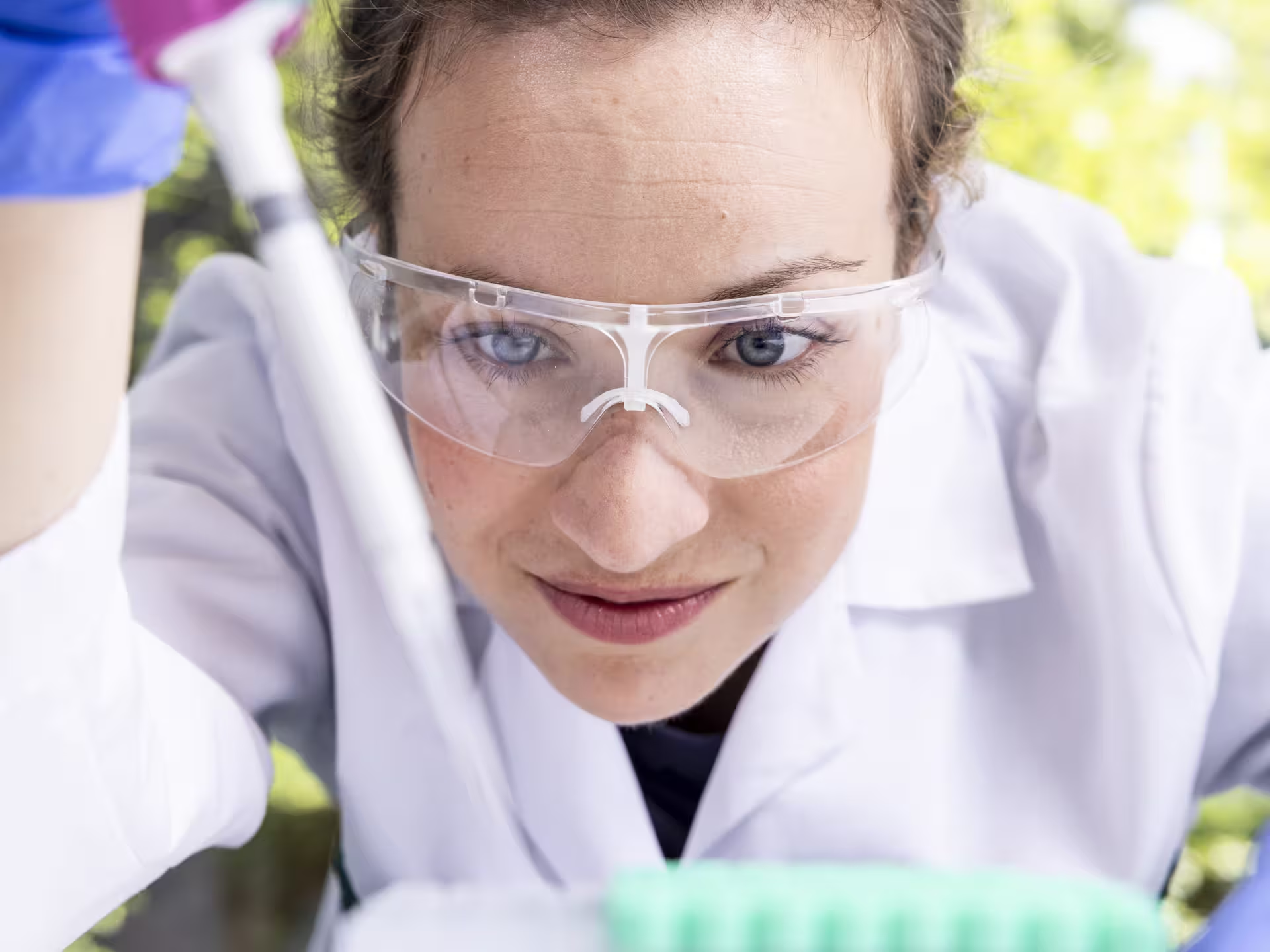There are now even more reasons for hope in the global fight against cancer. Orion Pharma and the biotechnology company Aitia are working together to develop new lifesaving drugs.
“The industry is changing and evolving,” explains Li Wang, Senior Director, Precision Oncology at Aitia.
“Today, collaboration between partners with different skills is more important than ever for successful drug development.”
Virtual patients in drug development
The collaboration seeks to develop new drugs using Orion’s pharmaceutical expertise combined with Aitia’s Gemini Digital Twins technology. Digital twins are virtual representations of human patients, built on genetic, molecular, and clinical data.
“Digital twins are powerful computing tools that predict, explain, and discover novel interactions, making them invaluable in drug discovery,” says Johanna Lilja, Orion's Head of Cancer Genomics.
“These models also help simulate treatments and predict results, aiding in understanding how different therapies might affect a patient.”
For example, imagine someone with cancer replicated virtually in a computer. Experts can perform experiments on this digital twin to discover novel causal human drug targets or simulate potential drugs, leading to more effective drug candidates and better-designed clinical trials.
This is made possible by combining valuable data with innovative technologies such as causal artificial intelligence, which Aitia has been developing for many years.

Artificial intelligence in the fight against cancer
“We use causal AI to predict the response of different actions,” Wang continues.
“We look for causality, which is a key in biology. For example, if a drug interrupts a specific process, how does that affect the disease? If gene A is affected, can that also affect gene B? By doing this systematically we can sort through vast numbers of possibilities to discover and validate likely novel drug targets and drug candidates.”
The end goal is no less than to improve the entire process of drug development: find better treatments faster and more efficiently.
Besides helping people, the process could help the healthcare system, enhancing the understanding of diseases and reducing costs associated with ineffective treatments and failed drug development projects.
Better data for better treatments
AI requires the right data to yield the best results. Lilja says they are working hard to make sure useful and valuable data are used in Aitia’s Gemini Digital Twins.
“We are working together with Aitia to quality-check, filter and process the data, which enables Aitia to start designing and building the digital twins,” she says.
“We use high-quality, diverse and representative patient data, clinical data, and data on genes and proteins. This helps to avoid biases that might arise from incomplete or skewed datasets.”
The collaboration is still new and there are no concrete examples they can share yet. However, they admit one goal is to develop completely new drugs. For example, imagine a type of cancer which has proven resistant to other types of therapy. Orion and Aitia hope they can develop completely novel drugs to fight this type of cancer, bringing hope to many people suffering from it.
Potential to treat other diseases
“Drug development is a very long process, but we hope to use Gemini Digital Twins to speed it up and have more successful outcomes,” Wang says.
“I hope we end up with a good list of potential validated causal human drug targets Orion can take into their internal pipeline and eventually into clinical trials.”
Lilja confirms that finding a novel drug is a long process but says there is always a chance that positive developments could happen relatively quickly.
“Of course, we have a long road to go but the use of digital twins offers great potential, not only in cancer research but also in other complex diseases,” she concludes.
“I am excited about its potential to revolutionize drug discovery with completely novel targets and personalized medicine. This could provide highly accurate and individualized treatment plans, ultimately improving patient outcomes.”










